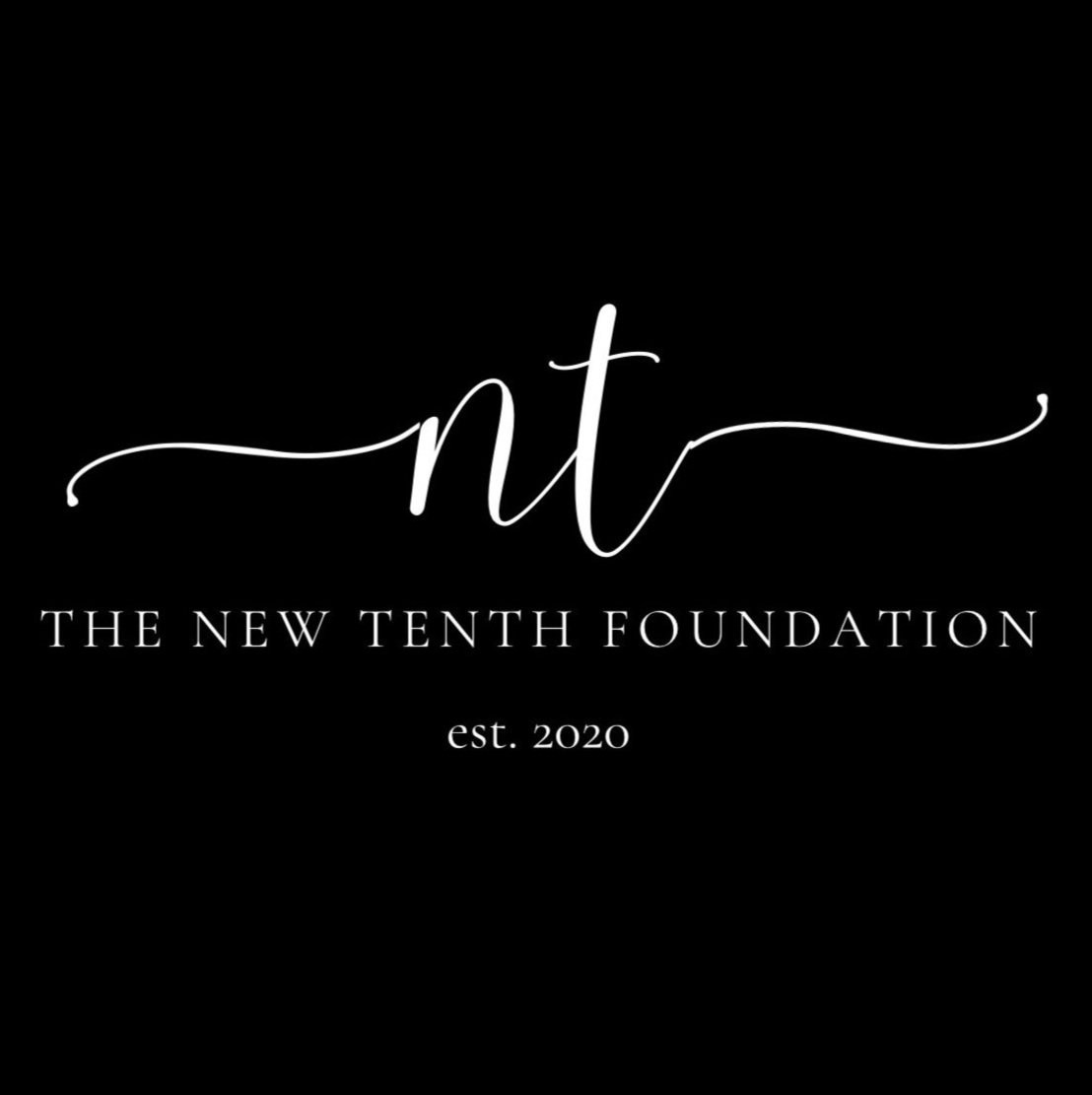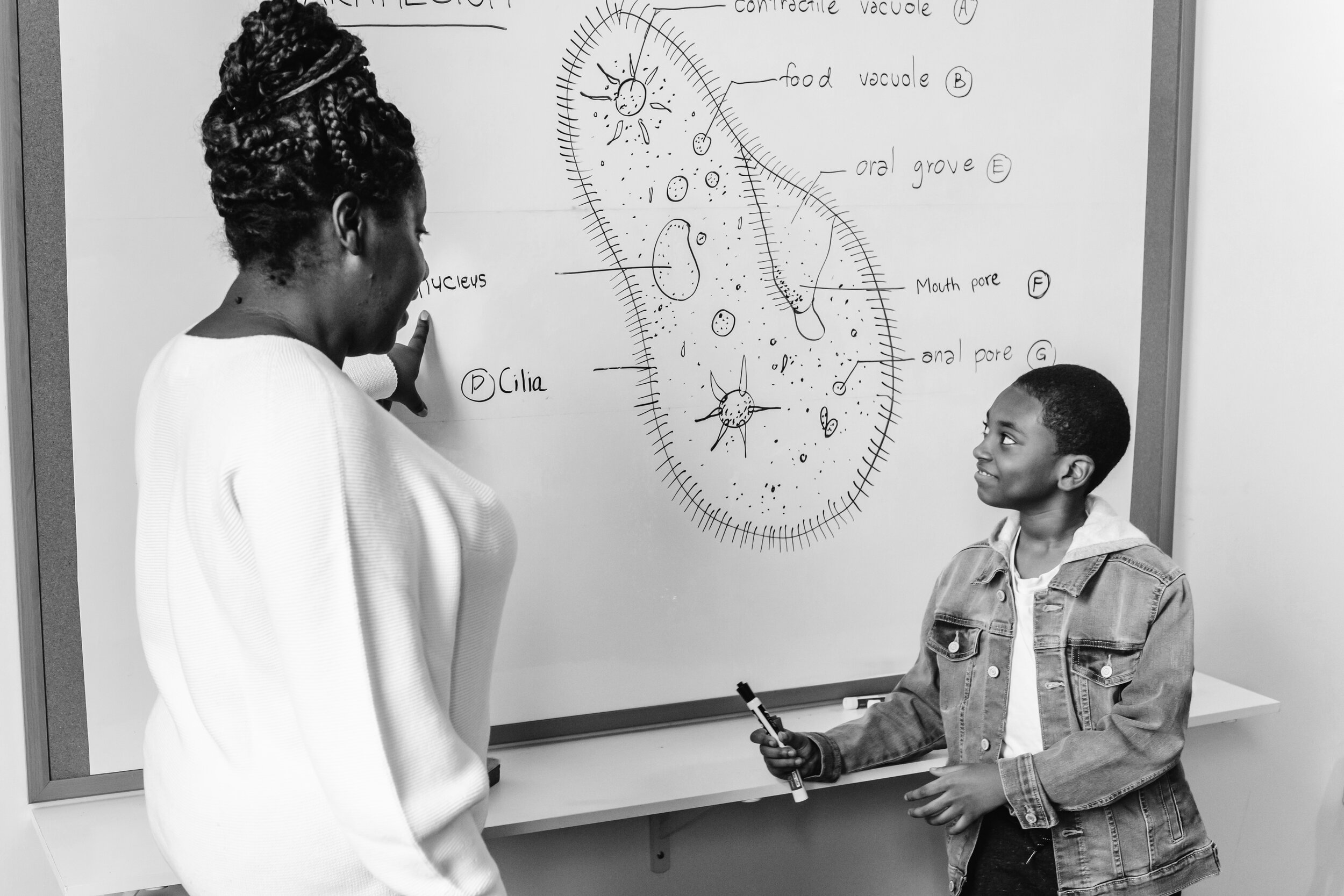S T E A M
STEAM as Liberation: Reclaiming Our Legacy, Rewriting Our Future
The Paradox of Black Innovation
From enslaved inventors denied credit for their genius to George Washington Carver’s 300 peanut patents, Black brilliance in science and technology has always existed—and always been suppressed. Today, as STEAM fields grow twice as fast as other sectors, our exclusion isn’t just unfair—it’s economic sabotage.
By the Numbers:
Black professionals hold just 9% of STEM jobs despite being 13% of the U.S. population (NSF)
78% of STEM students decided on their career path before college—yet only 21% of Black K-12 students feel prepared for STEM coursework (Microsoft)
STEAM careers offer **median wages of 84,880∗∗vs.84,880∗∗vs.37,020 for non-STEAM roles (BLS)
From Wakanda to Oakland: The STEAM Divide
Black Panther wasn’t just a movie—it was a provocation. Wakanda’s technological utopia contrasted starkly with the film’s Oakland setting, where Black children lack basic STEM access. T’Challa’s solution? A community STEM center. Fiction mirrored reality:
"The same racism that stole Black inventions now starves Black schools of STEM funding. We don’t need vibranium to close this gap—we need access, advocacy, and audacity."*
— Dr. Jedidah Isler, Astrophysicist & STEM Equity Advocate
Why STEAM (Not Just STEM)?
The arts are the secret weapon in Black innovation. STEAM’s power lies in merging:
Logic (Left Brain) – Coding, equations, systems
Creativity (Right Brain) – Design, storytelling, improvisation
This fusion builds 21st-century survival skills:
Critical Problem-Solving – "How do we build earthquake-resistant homes?"
Collaborative Genius – "Design a solar-powered community center—artists + engineers unite"
Disruptive Innovation – From hip-hop sampling to AI algorithms, Black creativity rewires tech
Our Mission: Breaking the Cycle
The New Tenth Foundation fights for three radical shifts:
Early Exposure – STEAM play labs for preschoolers (because blocks today build bridges tomorrow)
Narrative Change – Teaching Carver’s peanuts and Katherine Johnson’s calculus as Black resistance
Ecosystem Building – Partnering with HBCUs and tech giants to create pipelines, not dead-ends
Join the Movement
The next Marie Van Brittan Brown (inventor of home security systems) is in a classroom right now—underfunded but undaunted.
Act Now:
For Students: Apply for our STEAM Scholars Program
For Allies: Sponsor a lab kit or robotics team
For Everyone: Share this with #BlackMindsinMotion
We aren’t just teaching science—we’re teaching self-determination.
Key Improvements:
Data-Driven Urgency: Stats highlight systemic exclusion and economic stakes.
Cultural Resonance: Black Panther framing makes STEAM feel revolutionary, not just academic.
Action-Oriented: Clear solutions (early education, HBCU pipelines) replace passive concern.
DEI-Forward: Centers Black innovators’ history while rejecting deficit narratives.
Inspiration + Instruction: Balches passion ("self-determination") with practical steps ("lab kits").
Optional Add-Ons:
Spotlight: A box on "Hidden Black STEAM Pioneers" (e.g., Dr. Gladys West’s GPS work).
Infographic: "From Peanuts to Python: The Black Innovation Timeline".
This version transforms STEAM from a subject into a movement. Let me know if you'd like to emphasize any element further!








